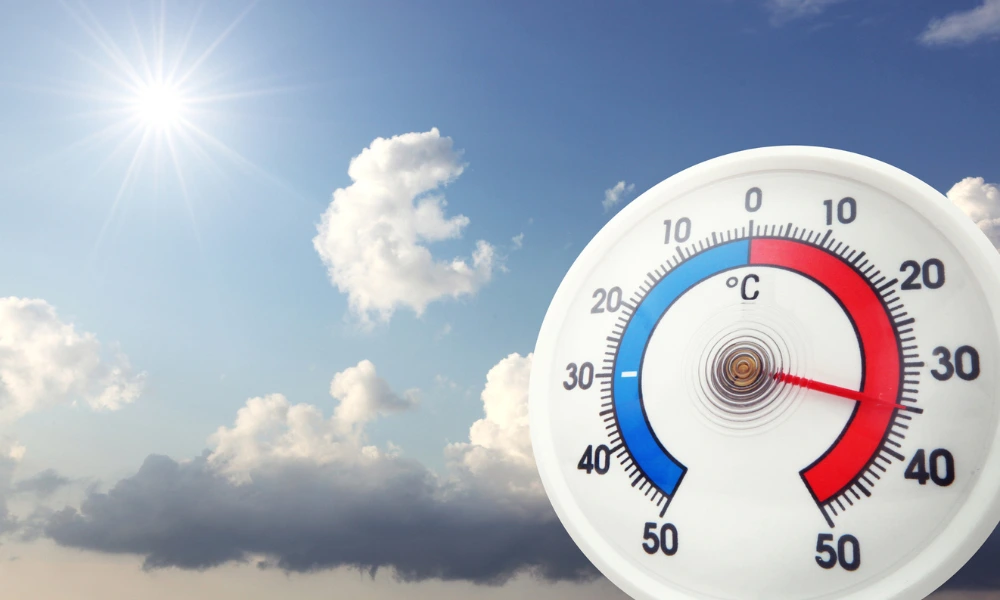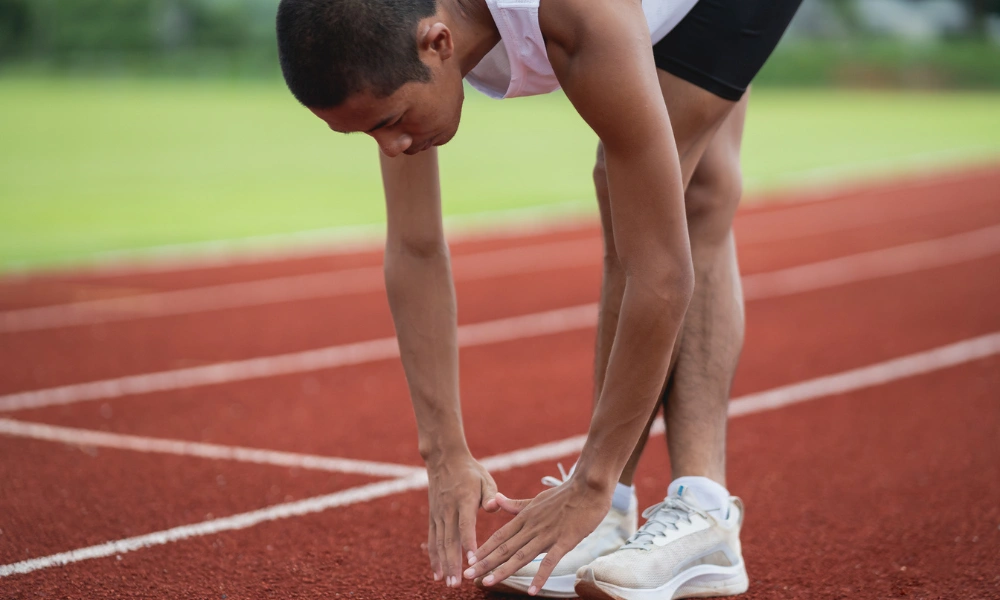Most of the races that amateurs most want to attend fall, either in the summer or when it is already hot. As practice shows, running is noticeably more difficult when the temperature crosses the 20-degree mark.
Is there an ideal temperature for running? Somewhat, yes, but much also depends on your body’s capabilities and preparation. In the article, we will understand how weather increases the chances of personal records and normal sensations at the race.
According to Daniel Lieberman, evolutionary biologist and author of The History of the Human Body, humans are originally heat-tolerant creatures. Our ancestors evolved to hunt and forage for food at midday, the safest time for humans and the least secure for predators with poor heat exchange. Scientists believe that wherever we live now, we still retain these ancient heat tolerance genes.
Then what about those who can’t tolerate too much sun at all? They should choose a more fabulous time of year.
What’s the Optimal Temperature?

Running at 10-15°C
Most people would hardly consider jogging in these conditions. But the longer and more intense the run, the more your body will be affected by this temperature. Have you noticed the contrast in the clothing of professionals and amateur beginners at cold starts?
Physiologist Matthew Ely explains that he has been observing professional runners’ performance at different temperatures for decades. He found that at 10-15°C, a 2:10 marathoner’s performance dropped 1-2 minutes. Runners with a 3:00 pace slowed down by 4-8 minutes at the marathon. Slower runners were not studied.
The good news for women is that female runners are better able to cope with overheating and heat than male runners.
Interestingly, this observation contradicts some other studies. Groups of scientists have found that 7-15°C is the ideal temperature for many runners. Most world records and the top 10 marathon times have been set at temperatures between 10 and 15°C.
Running at any temperature triggers a chain of reactions. 80% of the energy our muscles produce is converted into heat. In cold weather, this keeps us warm. In more favorable conditions, the body needs to get rid of excess heat. One way is through sweating, and the other is through increased blood flow to the skin. The blood carries the excess heat from the muscles to the skin, and then the body releases it into the environment.
The catch is that the body doesn’t have a lot of blood. So, the body fights for blood going to the skin and the blood going to the muscles. In this battle, the muscles always lose – even when you sweat a little, they get less oxygen. That means that running is slightly less efficient.
Running at 16-20°C
Renowned coach Jack Daniels has created a special calculator called the Run Smart Project. He calculated that at a temperature of 20.5°C, a runner with a result of 10 km in 45 minutes will be 41 seconds slower. The slower he runs, the more he will slow down in the heat.
There is a positive side to this. The body adapts quickly if training in the heat is in the plan. After just a week, blood plasma volume increases, giving more fluid for sweating without the risk of dehydration. It also facilitates blood flow to the skin without severely reducing muscle flow. You don’t need to worry if your weight increases slightly – this is normal.
In training, your body will readjust: you’ll start sweating earlier and more because your body will try to anticipate the increase in internal temperature. The sweat will become less salty because the body will learn to conserve sodium.
The sensation of running in this weather will also change. Although one or two hot days may initially seem difficult, you can adapt quickly in 7-12 days.
Running at 20-26°C
In the same study by Matthew Ely, elite marathoners slowed by 3 minutes at 20-26°C, while amateurs with a faster than 3:00 pace lost up to 20 minutes.
Not all runners suffered equally. Data analysis again showed that women coped with the heat better than men. The explanation was that women tend to be smaller, so they have a higher ratio of body surface area to mass. Roughly speaking, less muscle and weight means less “extra” heat.
Skinnier, “leaner” men also have an advantage. An example is the 1996 Atlanta Olympic men’s marathon, run at 23°C with 90% humidity. The winner of the 1996 Atlanta Olympic men’s marathon, run at 23°C with 90% humidity. The winner, Josiah Tugwein, weighed about 45 kg at 165 cm height, while the silver medalist, Lee Bong Ju, weighed 57 kg.
The relationship between air temperature and body weight is not only relevant for marathon runners. In experiments before the 2004 Athens Olympics, physiologist Tim Nokes asked athletes to run 8 kilometers on a treadmill at 35°C. He found that leaner men ran every 1.6 km on average 45 seconds faster than larger men. At low temperatures, both groups performed similarly.
Running at 26-31°C
These are the very conditions where increased sweating does no good. “When sweat pours off you, there is a loss of water, not heat,” explains University of Ottawa physiologist Dr. Yannick Molgat-Seon. “The body faces physics: conditions in which it doesn’t matter how much you sweat. Sweat won’t evaporate fast enough to keep up with the rate you generate heat. The only alternative is to slow down.”
The scientists also found that performance drops when the thermometer is above 26°C and the humidity is above 70%. Such workouts require a strong heart and stamina.
Molgat-Seon advises against any hot training a day or two before the race. Adaptation has already occurred, and it’s too late to overexert yourself – like trying to run high volumes right before the start.
If the race is in the heat, remember to load up on electrolytes during the race and the days before. They will help you maintain a normal water balance in your tissues and blood and prevent dehydration.
Running at 32°C or more
Of course, physiologists and professional athletes advise preparing for such tests in advance. For example, to accustom your body to the load, dress a little warmer during training (e.g., wear a long-sleeved sweatshirt and tights, but not a jacket).
Another important point is to keep hydrated, even during short races. Alternatively, use salt tablets and electrolyte products to replace the sodium and other minerals you lose by sweating. These aren’t marketing gimmicks – your forethought will pay off in higher blood volume and resistance to dehydration.
You can make a habit of drinking more fluids. Drinking more than a liter every hour isn’t necessary – over-hydration isn’t good for you either. Most people are not used to drinking even half as much, so the risk of dehydration above 30°C is high.
Your key to success is to take care of yourself. Don’t squeeze yourself all the way out when you see unfavorable conditions. Always keep a water bottle nearby and try not to go on crazy adventures. In training, at least roughly test the conditions in which you will run your Most Important and Expected heat race. Let everything work out for you.




